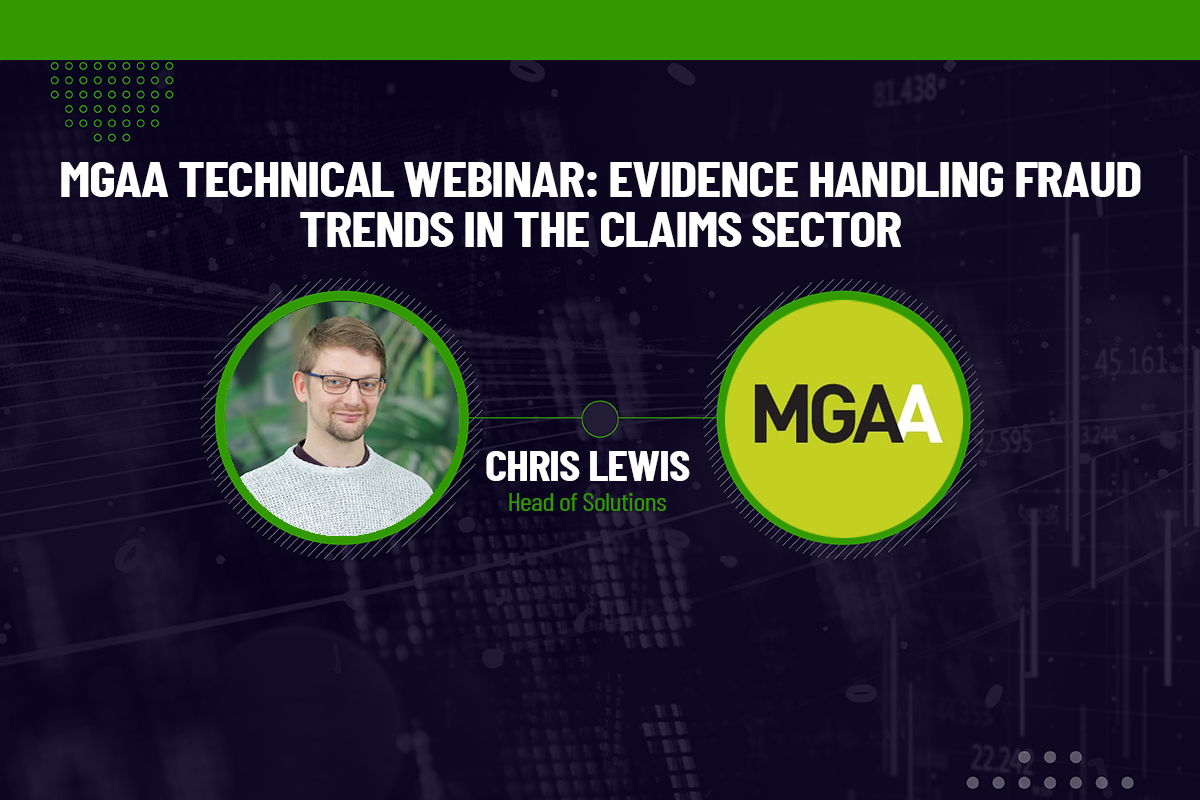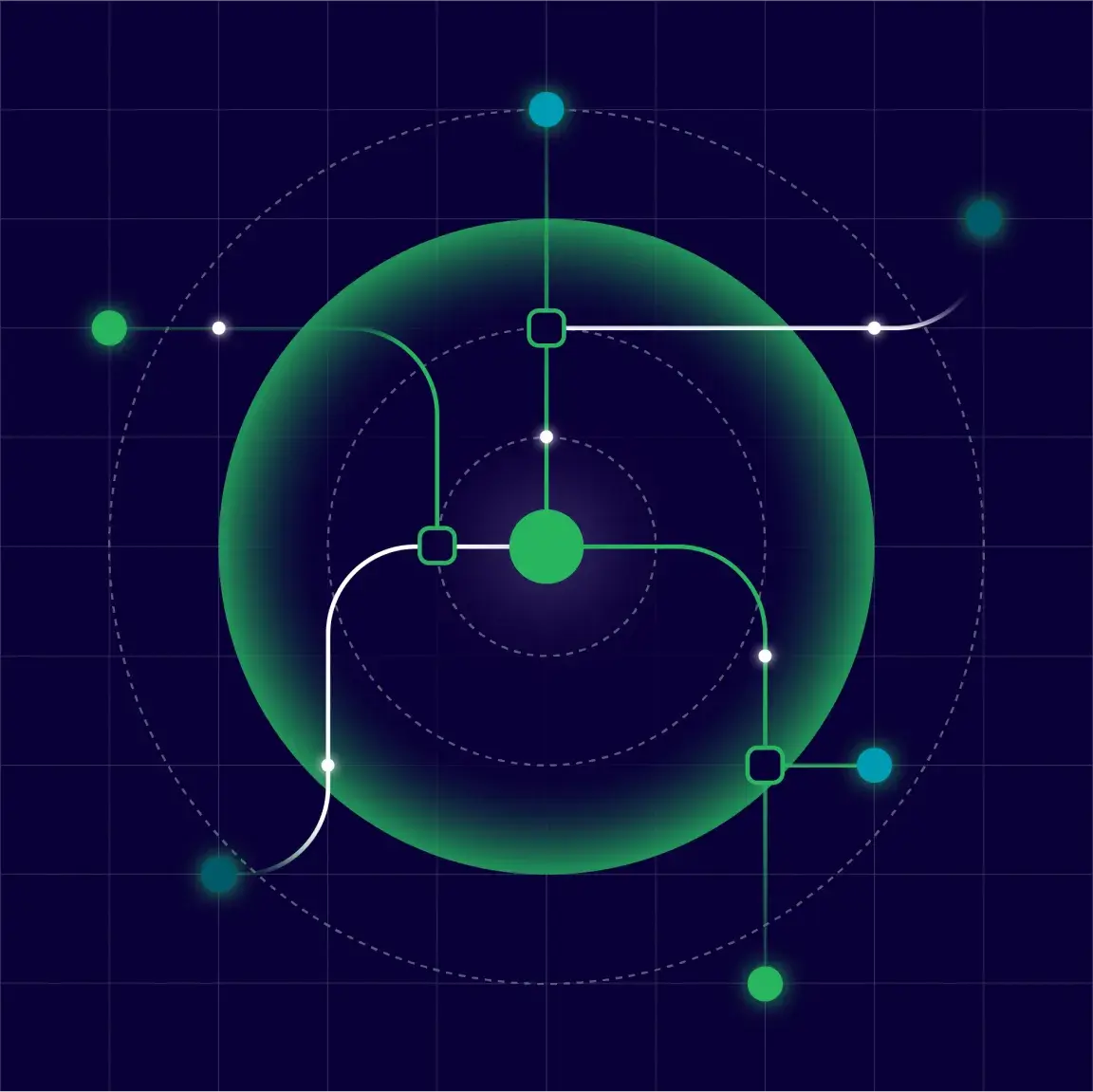
MGAA Technical Webinar Synopsis: Evidence handling fraud trends in the claims sector
If you missed Chris Lewis, our head of solutions, recent presentation on evidence handling fraud trends in the claims sector at the MGAA, you can still read our synopsis in this blog.
If you are a MGAA member you can watch the pre-recorded webinar here.
During this informative session, Chris provided an in-depth overview of fraud trends related to evidence handling, drawing from syndicated fraud data. He presented a case study, highlighting the different methods used to detect and prevent evidence-based fraud.
The webinar attendees gained valuable insights and knowledge, including:
- Summarising how large an issue evidence-based fraud is currently
- Describing different examples of evidence-based fraud across different sectors
- Outlining evidence-based fraud using a blend of different techniques
Chris Lewis emphasised the following key points:
- Document and image fraud is growing, becoming more costly to detect, and increasing in sophistication.
- Effectively combating document and image fraud requires a blend of techniques, including data consortia, machine learning, and dedicated tooling for automatic detection.
- While document and image fraud are a concern, it pales in comparison to other types of fraud, such as ghost broking, inception fraud, and non-disclosure.
- A holistic, multi-layered, data-driven approach is optimal from a cost/benefit perspective.
Continuous innovation and adaptation are essential to stay ahead of fraudsters and secure the evolving financial landscape.
Chris's main takeaway was “While image and evidence fraud are currently growing, supporting an increase in exaggerated accidents and misrepresentation (partly due to the whiplash reforms reducing exaggerated injuries), a recent Supreme Court judgment ruling in favour of the claimant may reverse this trend in 2025.”
Talk to our consultants about a proof of concept of our latest document and image fraud solution - SynDOC.
